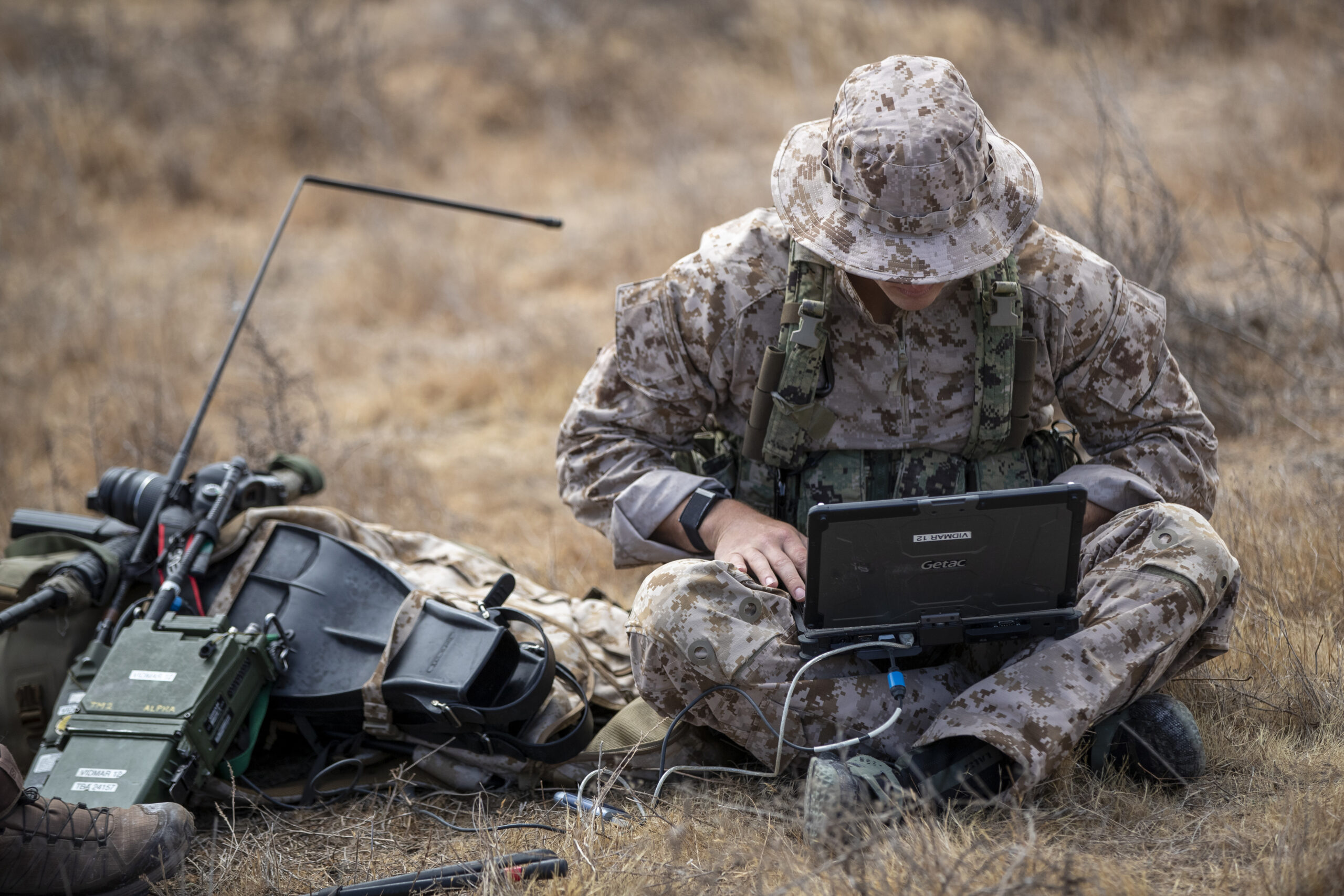The US Army is pursuing “zero trust” capabilities to enhance the security of its tactical network systems against an expanding range of cyber threats.
Zero trust is a security model that assumes no user, device, or application can be inherently trusted within a network, necessitating strict verification for every access attempt.
In military applications, this concept ensures that all network interactions are closely monitored and authenticated, minimizing the risk of cyber intrusions.
In a recent request for information, the US Army indicated its need for zero trust solutions capable of operating in denied, degraded, intermittent, or limited environments.
These solutions must also be compatible with the service’s existing infrastructure.
Interested vendors have until March 5 to respond.
Adapting to Evolving Cyber Threat Landscape
The request for information is part of the army’s broader efforts to safeguard its data and networks in the face of growing cybersecurity threats.
The service acknowledges that traditional security models are increasingly ineffective in addressing the complexity and scale of modern cyber risks.
“This constrained, highly dynamic, and adversarial-susceptible tactical environment will be a challenge to implement [zero trust] solutions that meet mission needs,” the document stated.
Once operational, the zero trust technology is expected to significantly reduce the risk of unauthorized access, mitigate damage from potential breaches, and maintain overall network security, even if one segment is compromised.









